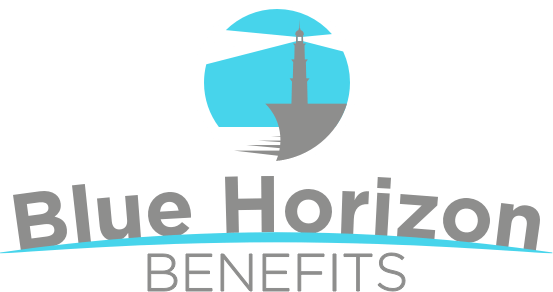Report: Group Health Plan Cost Inflation to Pick Up Steam
A new report by Aon warns employers to expect average group health insurance costs to increase 8.5% in 2024, as inflation starts hitting the cost of delivering care as well as pharmaceuticals.
The report predicts that employers will pay an average of $15,088 in 2024, compared to the average this year of $13,906. The cost hike is almost double the 4.5% increases employers saw in 2022 and 2023.
Despite the large expected premium increases, employers still seem to be reluctant to pass on more of the premium cost to their covered workers. For example, for this year, employees saw their premium payments increase an average of just 1.7%.
The challenge will be for employers to properly budget for these cost increases, while not pushing too much of the hike onto their employees, particularly in this highly competitive job market.
The cost drivers
There are a few reasons rates are climbing:
Health care inflation — This is the main culprit behind the expected rate hikes. While health care providers have been contending with inflation since 2021, they’ve been unable to pass them on to health insurers because they usually enter into three-year contracts with locked-in rate hikes.
As these contracts are renewed, health care providers are demanding higher fees for services due to their own costs increasing, particularly for staff wages, equipment and supplies. For example, the cost of emergency services supplies, including ventilators, respirators and other critical equipment, increased by almost 33% between 2019 and 2022.
New technologies — New technologies that hospitals use are also increasing in cost, as is the cost of servicing and installing the equipment.
Catastrophic claims — Every catastrophic claim requires varying levels of intervention and care. Many will require specialized medical care, extensive rehabilitation, advanced medical equipment and potential vehicle and home modifications. Catastrophic claims costs are increasing due to:
- Hospital staffing shortages
- More high-cost injectable drugs
- Increasing cancer rates
- Longer hospital stays resulting from multiple conditions, complications and complex procedures
- Higher medical equipment costs
- Skyrocketing costs of home modifications.
Pharmaceutical costs — There are two significant drug cost drivers:
- Specialty drugs: These are significantly more expensive than their traditional drug counterparts, often costing more than $2,000 per month per patient. However, some pharmaceuticals cost much more. The drug Tretinoin, which can help manage complications of leukemia, costs $6,800 a month. Others cost upwards of $100,000 per year. The cost and utilization of these drugs is growing, according to Aon.
- New weight-loss drugs: The newest pharmaceutical cost driver is the proliferation of trendy new weight-loss drugs like Wegovy, Saxenda and Ozempic, which cost more than $1,000 a month. These have proven to be highly effective in helping people lose weight and are in high demand. Insurers typically won’t cover these medications if someone simply wants to lose weight, though.
Cost-shifting hesitation
The report predicts that employers will be hesitant to make significant changes to how much their employees contribute to their health plan premiums.
Aon estimates that the average employee premium contribution in 2023 is $2,682, while they pay out another $1,993 in deductibles, copays and coinsurance.
“We see employers continuing to absorb most of the health care cost increases,” Farheen Dam, North American Health Solutions leader at Aon, said. “In a tight labor market, plan sponsors are hesitant to shift significant cost to plan participants and make benefits less affordable.”
Talk to us about your options as 2024 approaches. We can help you with different plan designs and cost-sharing arrangements that may reduce your firm’s premium outlays.









